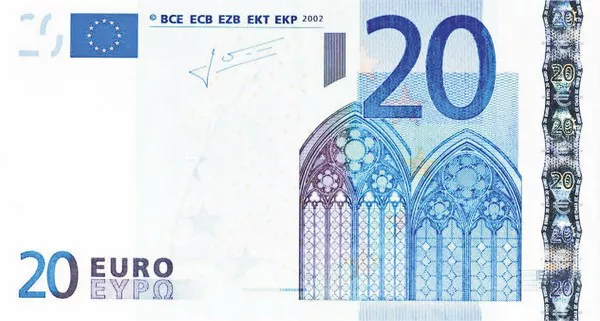In the complex world of forex trading, market participants closely monitor various economic indicators and central bank policies to make informed decisions. One such crucial element is the MLF (Marginal Lending Facility) rate set by the European Central Bank (ECB). This article aims to provide a comprehensive understanding of the MLF rate, its significance in the forex market, and the impact it can have on traders and investors.
What is the MLF Rate?
The MLF rate is a key interest rate set by the ECB as part of its monetary policy framework. It represents the cost of borrowing funds from the ECB’s Marginal Lending Facility, which serves as a last resort lending facility for commercial banks in the Eurozone. The MLF rate is one of the three main policy rates, alongside the Main Refinancing Operations (MRO) rate and the Deposit Facility rate.
See Also:When Did the ECB Set Negative Interest Rates?
The MLF rate is typically higher than the MRO rate, reflecting its nature as a facility for emergency or overnight borrowing. Commercial banks use the Marginal Lending Facility when they need additional funds to meet short-term liquidity needs and are unable to obtain funds through other channels.
Significance in Forex Trading
Interest Rate Differentials
Forex traders closely monitor interest rates as they impact the exchange rates between currencies. The MLF rate, being a key interest rate in the Eurozone, influences the interest rate differentials between the euro and other currencies. Changes in the MLF rate can lead to shifts in the attractiveness of the euro for carry trades, where investors borrow in a low-interest-rate currency to invest in a higher-yielding one.
Market Expectations
The announcement of changes in the MLF rate or signals from the ECB regarding future monetary policy decisions can cause significant market volatility. Forex traders often try to predict these changes by analyzing economic indicators, central bank statements, and other relevant factors. Successful anticipation of such events can lead to profitable trading opportunities.
Impact on Currency Values
Changes in the MLF rate can directly influence the value of the euro. If the ECB raises the MLF rate, it signals a tightening of monetary policy, making the euro more attractive to investors seeking higher returns. Conversely, a rate cut may signal a loosening of policy, potentially leading to a depreciation of the euro.
ECB’s Monetary Policy and MLF Rate Decisions
Inflation Targeting
The ECB, like many other central banks, pursues an inflation-targeting framework. The primary objective is to maintain price stability by keeping inflation close to but below 2%. The MLF rate is a tool the ECB uses to achieve this goal, adjusting it in response to changes in economic conditions.
Economic Indicators
Before making decisions on the MLF rate, the ECB considers a range of economic indicators, including inflation rates, GDP growth, and employment figures. A robust understanding of these factors allows the central bank to make informed decisions that align with its monetary policy objectives.
Forward Guidance
Forward guidance from the ECB provides insights into its future policy intentions. The central bank may signal its intentions regarding the MLF rate through statements, speeches, or official communication. Forex traders carefully analyze such guidance to anticipate future market movements.
Market Reaction to MLF Rate Changes
Immediate Impact
When the ECB announces changes to the MLF rate, the forex market typically experiences an immediate reaction. Currency pairs involving the euro may see sharp movements as traders adjust their positions based on the new interest rate environment. Volatility can create both opportunities and risks for market participants.
Long-Term Trends
MLF rate changes can also have lasting effects on currency trends. A series of rate hikes or cuts can influence market expectations and contribute to prolonged trends in currency values. Traders who can accurately anticipate these trends may capitalize on long-term opportunities.
Risk Management in Forex Trading
Given the potential for volatility in the forex market following MLF rate decisions, risk management becomes paramount for traders. Setting stop-loss orders, diversifying portfolios, and being aware of market sentiment are essential strategies to mitigate risks associated with sudden market movements.
Conclusion
In the intricate world of forex trading, understanding the MLF rate for the ECB is crucial for making informed decisions. Traders and investors need to stay abreast of central bank policies, economic indicators, and market sentiment to navigate the dynamic landscape successfully. The MLF rate’s impact on interest rate differentials, currency values, and market trends underscores its significance in the broader context of forex trading. As the forex market continues to evolve, a nuanced understanding of central bank policies, particularly the MLF rate, will remain a key component of successful trading strategies.
Related Topics:
What is SSM in ECB: A Comprehensive Guide
A Comprehensive Analysis of ECB Inflation Policies
All You Need To Know about European Central Bank Headquarters

























